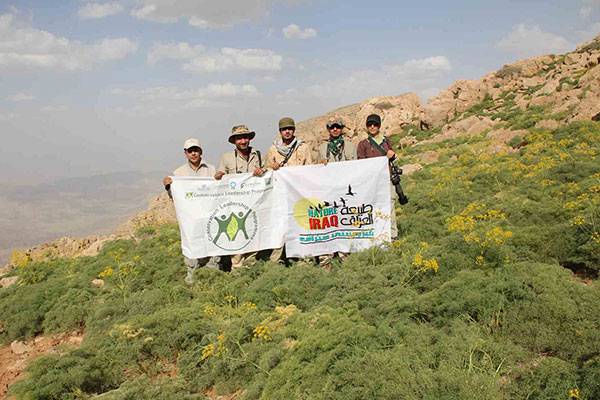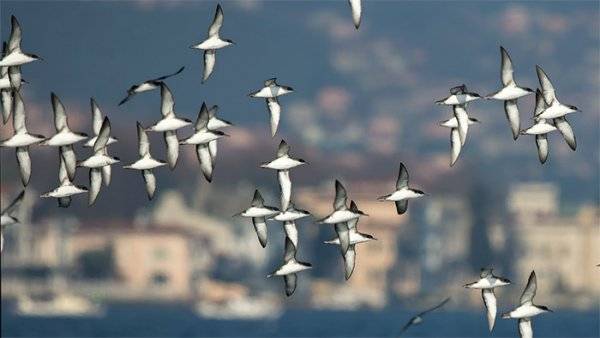A guest blog by Cansu Özcan
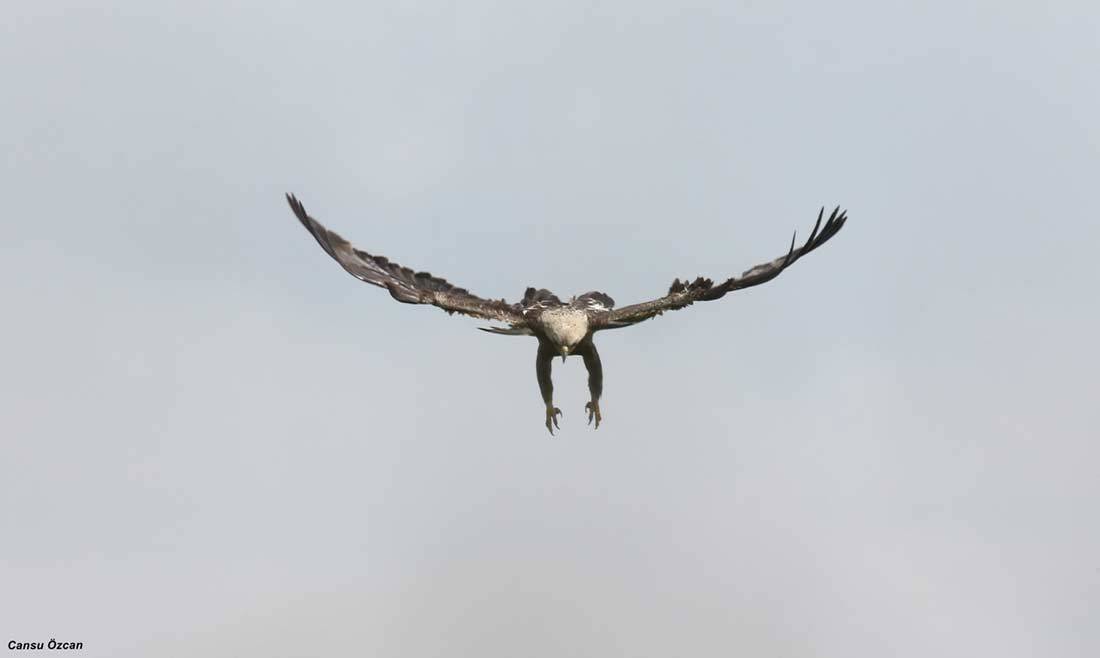
I am biologist Cansu Özcan from Turkey. I am a bird watcher since 2012 and I have been studying the Eastern Imperial Eagle Aquila heliaca in Turkey since 2015. I have been surveying breeding success, habitat and prey preferences in the Bolu Region. And I try to observe the factors threatening the eagles in the region. In 2019 I was fortunate to receive a grant from the OSME Conservation Fund to support my studies.
This region is in a transition area between Black Sea climate and continental climate. This kind of transition region is affected by the humid climate of the Black Sea and the arid climate of Central Anatolia and so includes plants of both climates. The Imperial Eagles in steppe-forest transition area of Bolu region, use two kinds of nesting areas: old coniferous forests and old willow and poplar trees in agricultural areas. A total of 12 territories were detected during the field studies in the Bolu region in 2019. Incubation was observed in 10 out of 12 territories and successful breeding was observed in 7 out of 10 territories. Eleven chicks were observed in 10 nests of which ten fledged and left the nest successfully.
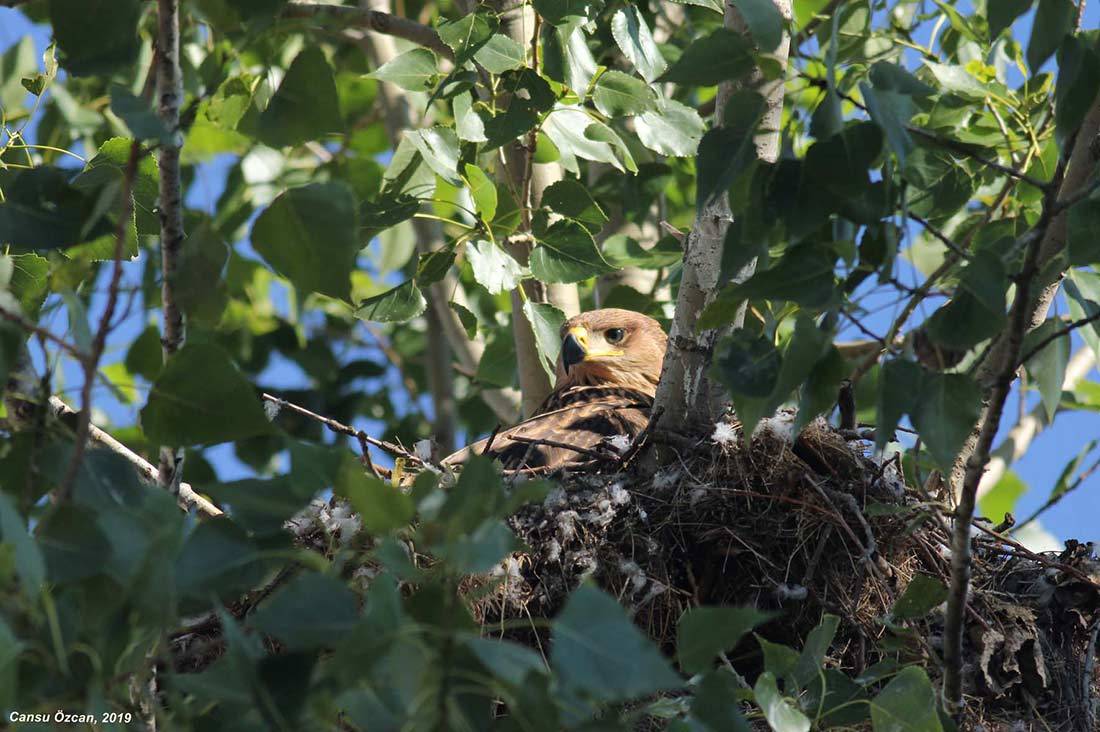
I discovered that Imperial Eagles in the area often feed hedgehog (Erinaceus concolor) and blind mole rats (Nannospalax sp.). In addition the remains of birds, chickens and European hare (Lepus europaeus) were found under the nests.
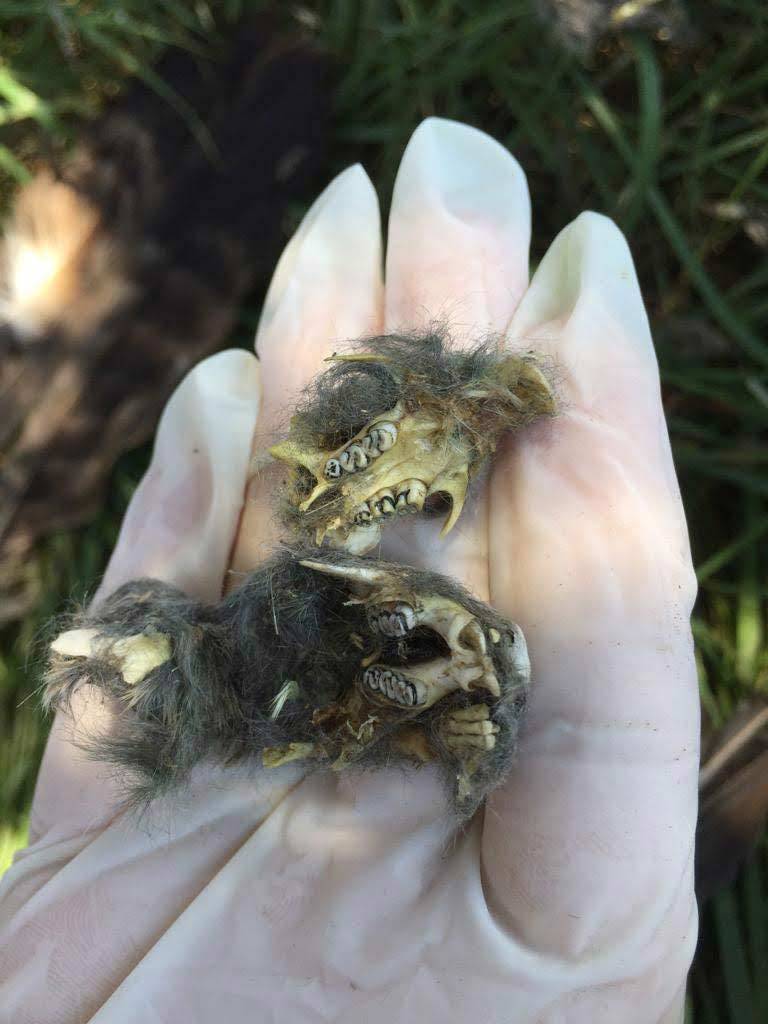
I encountered an interesting event during survey. A pigeon ring was found in one of the pellets under a nest. I called the phone number on the ring and was given information about the ringing bird from its owner. The bird was a messenger pigeon which was tended in Ankara. The pigeon had flown 140 kilometer from Ankara to Gerede, where the Imperial Eagle caught it.

Un-insulated electric cables and posts in the nesting areas are the main factor that threatens the Imperial Eagles. In almost all of the Imperial Eagle territories, un-insulated medium and high voltage electric lines were observed. It is thought that these power lines are more dangerous especially to the juveniles that had only recently left the nest as they are unable to recognize the power lines as threats and so do not yet fly cautiously. Other important threats in the region are hunting, unconsciously used pesticides and destruction of habitat in the hunting and nesting areas.
Because of this education and raising awareness are very important for the protection and recognition of the Imperial Eagles in the region. In 2019, with support fm OSME I shared the results of my studies with the people of the Bolu region. I introduced them to the life of Imperial Eagles with photos, short videos, posters and brochures. We were able to observe the eagle nests in the field with children and teachers with the support of the municipalities and the district national education directorates. The people of the region, especially children, became aware of these wonderful raptors and began to love them.
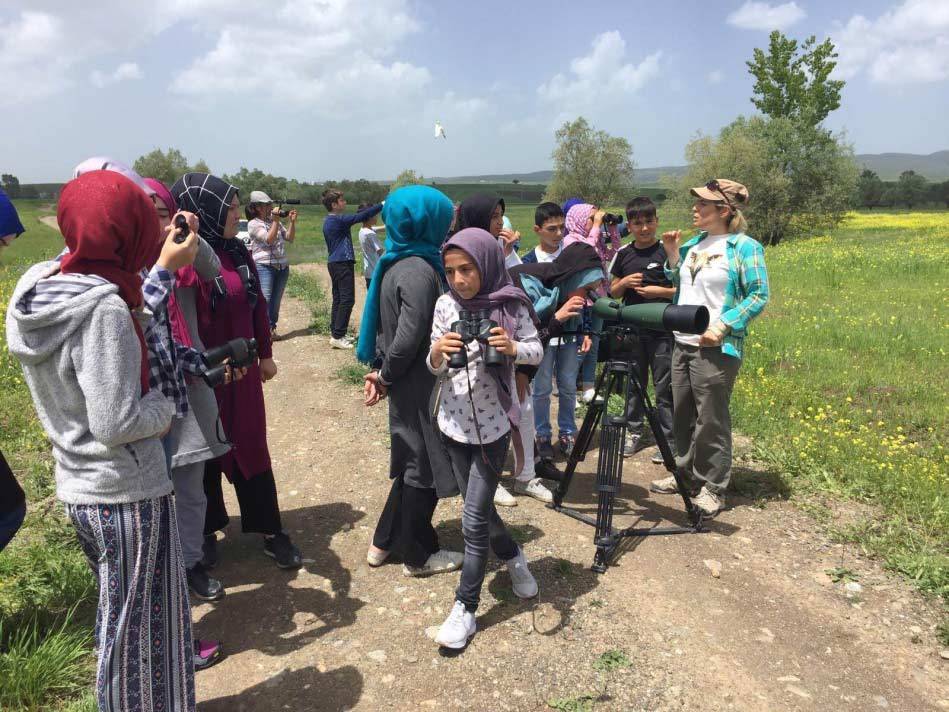
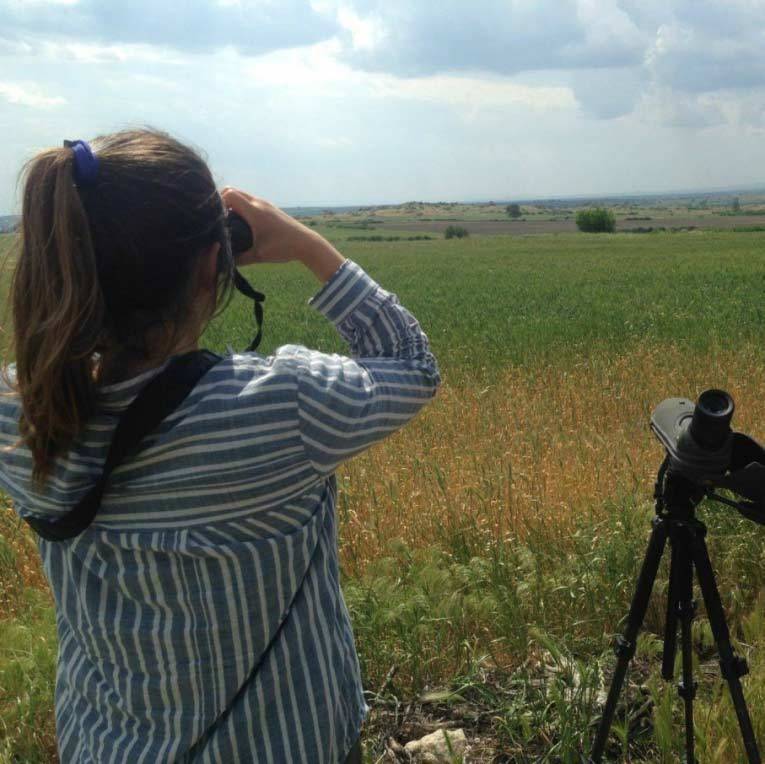
Cansu Özcan is a young biologist from Turkey who has been a birdwatcher since 2012. She started studying the Eastern Imperial Eagle in 2015 and received an OSME grant towards her work in 2019.

